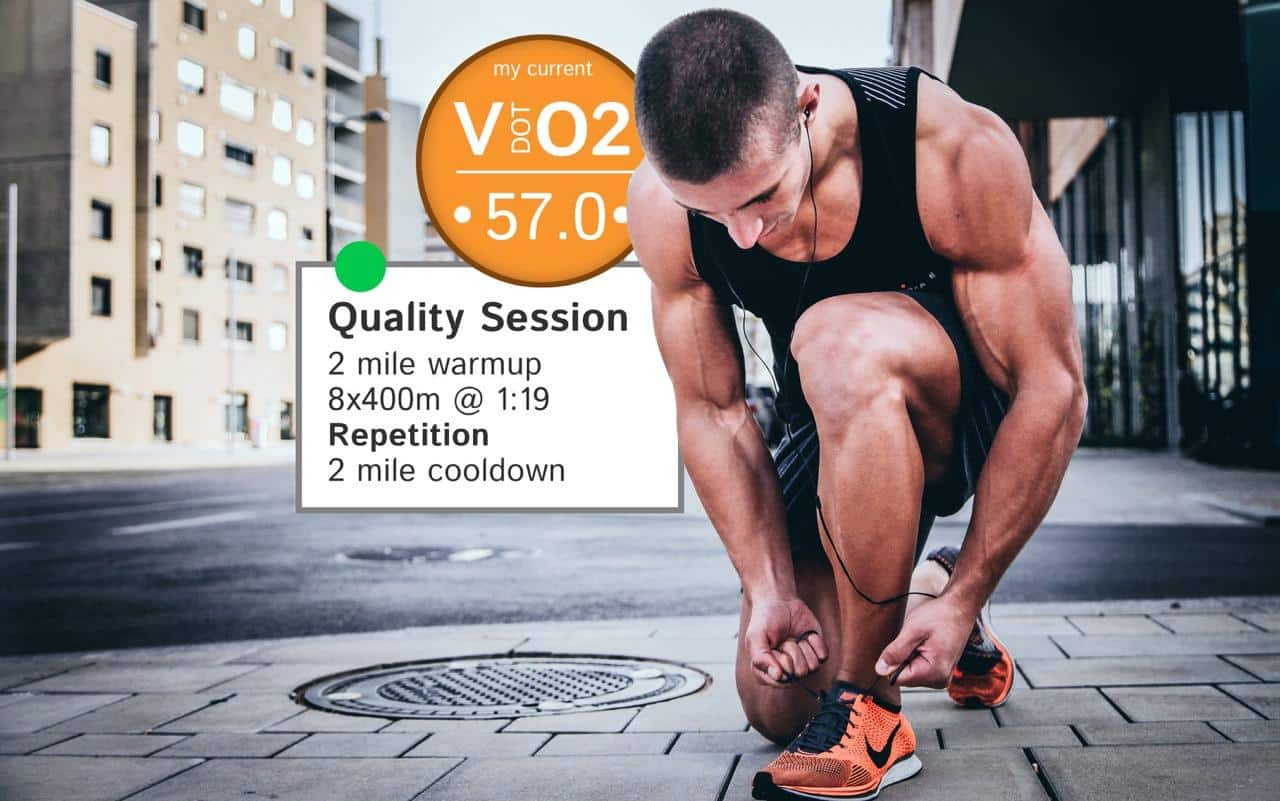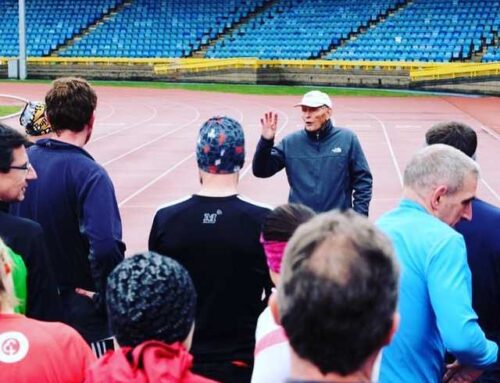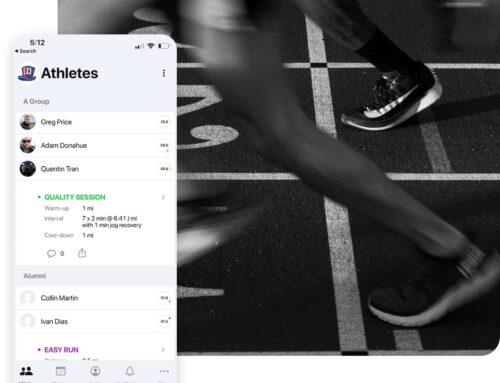
Repetition pace represents one of the 5 major types of VDOT training paces. The benefits of Repetition training are associated more with mechanics and anaerobic metabolism than with aerobic factors. This type of training puts considerable stress on the body to provide energy anaerobically. In turn, this produces beneficial changes in anaerobic pathways, where fuel is converted to energy in the absence of adequate oxygen. Also, by practicing Rep pace you learn to run more relaxed and faster by recruiting the exact muscle fibers needed for economical running.
Training Type
Typically 200m, 400m or 600m Repetitions (800m for more elite runners) and Strides.
Intensity
Reps are fast, but not necessarily “hard,” because workbouts are relatively short and are followed by relatively long recovery bouts. Think of Reps as similar to current 1500 or mile race pace. Recoveries are to be long enough that each run feels no more difficult than the previous run. If it takes 3-minutes recovery between 400m Reps, then that is what is needed. Reducing rest time between individual workbouts does not make for a better workout. In fact, it probably makes for a worse workout because the short rests could increase the stress and lead to poor mechanics.
Purpose
To improve your speed and economy.
Maintain Proper Pacing
On Rep days keep in mind that everyone is capable of running faster than their prescribed pace. The VDOT Repetition pace is designed so the runner can get lots of work running fast but at a rate that allows them to stay relaxed on each Rep. You may be able to run each faster but you may not be as relaxed as you could be, therefore, you’re getting less benefit (improving economy) from the workout.
What’s Your Repetition Pace?
Find out at VDOTO2.com and start training as an individual to become a faster runner.





Leave A Comment